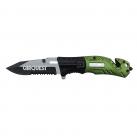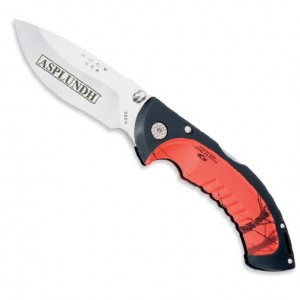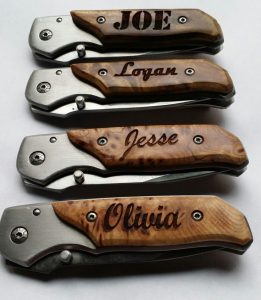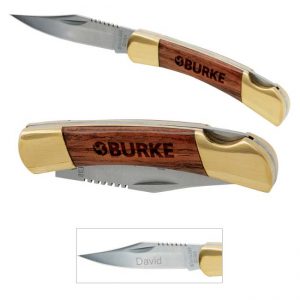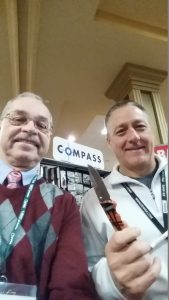Boker USA® is always designing knives that are way ahead of the time. These logo knives are examples of their futuristic thinking. The Urban Trapper Tanto 01BO721 doesn’t look like a pocket knife, so it blends in with the urban style. The pocket clip is positioned so that the knife does not stick out of your pocket.
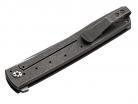 Böker Plus Urban Trapper Tanto 01BO721
Böker Plus Urban Trapper Tanto 01BO721
The unique curve of the whole knife when open, is a new design from Chad Los Banos of the CLB Kerambit 01BO580. It has a carabiner on the end of the handle so you can carry it on a belt loop, or on your backpack. Chad is a Hawaiian police officer, so he definitely knows what features are needed in a pocket knife.
 Böker Plus CLB Kerambit 01BO580
Böker Plus CLB Kerambit 01BO580
Kershaw® is another knife manufacturer that stays ahead of the curve. This Select Fire 1920 is a knife that also serves as a screwdriver, with extra bits stored in the handle.
 Kershaw® Select Fire 1920
Kershaw® Select Fire 1920
And for those who try to use their knife as a pry bar, here is a knife that you CAN use as a pry bar. It is also from Kershaw®.



